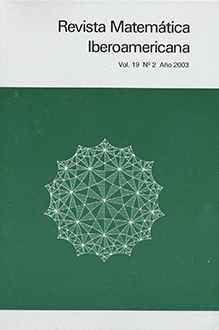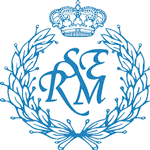Abstract
We obtain some results in both Lorentz and Finsler geometries, by using a correspondence between the conformal structure (Causality) of standard stationary spacetimes on $M = \mathbb{R} \times S$ and Randers metrics on $S$. In particular: (1) For stationary spacetimes: we give a simple characterization of when $\mathbb{R} \times S$ is causally continuous or globally hyperbolic (including in the latter case, when $S$ is a Cauchy hypersurface), in terms of an associated Randers metric. Consequences for the computability of Cauchy developments are also derived. (2) For Finsler geometry: Causality suggests that the role of completeness in many results of Riemannian Geometry (geodesic connectedness by minimizing geodesics, Bonnet-Myers, Synge theorems) is played by the compactness of symmetrized closed balls in Finslerian Geometry. Moreover, under this condition we show that for any Randers metric $R$ there exists another Randers metric $\tilde R$ with the same pregeodesics and geodesically complete. Even more, results on the differentiability of Cauchy horizons in spacetimes yield consequences for the differentiability of the Randers distance to a subset, and vice versa.
Citation
Erasmo Caponio . Miguel Ángel Javaloyes . Miguel Sánchez . "On the interplay between Lorentzian Causality and Finsler metrics of Randers type." Rev. Mat. Iberoamericana 27 (3) 919 - 952, September, 2011.
Information





